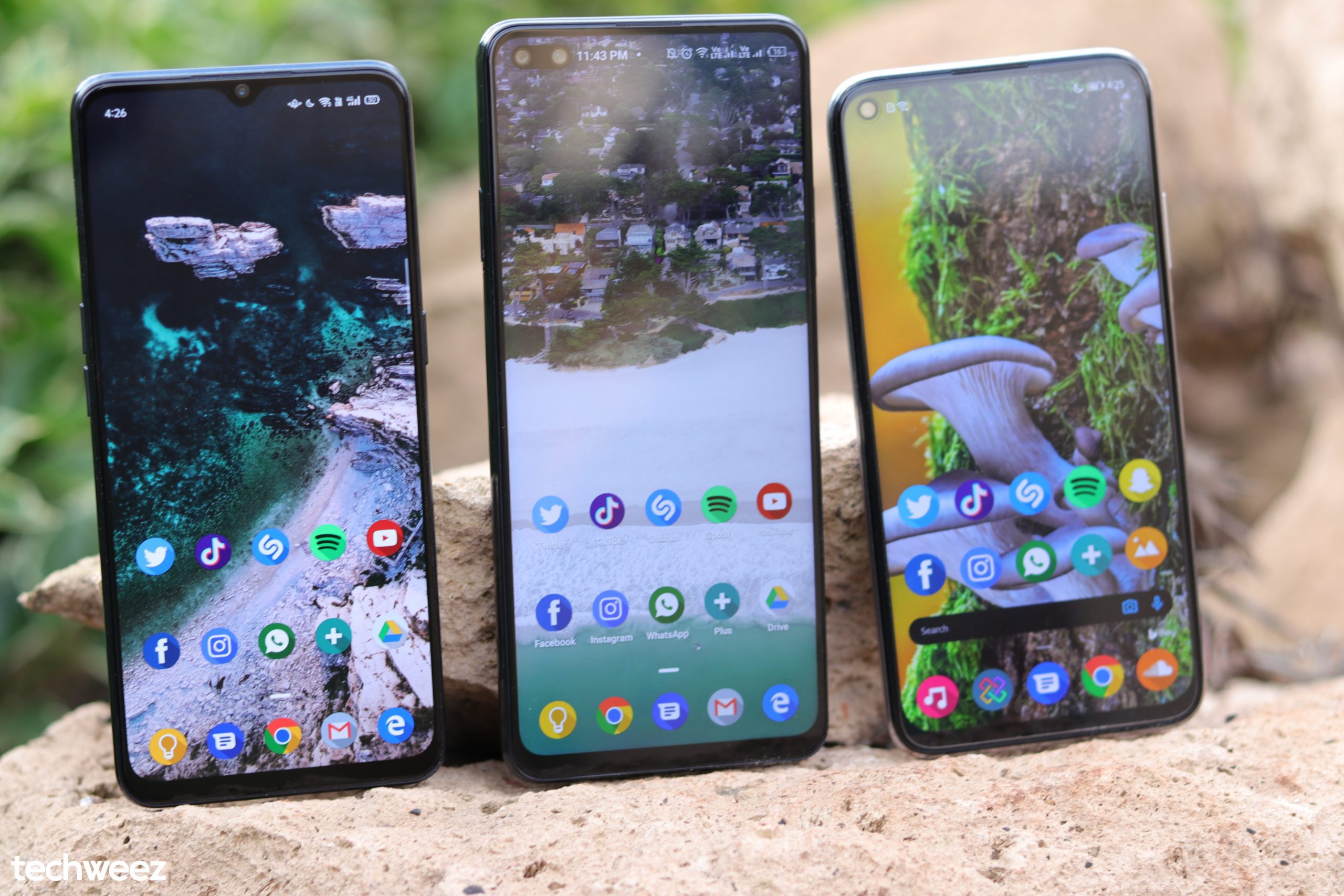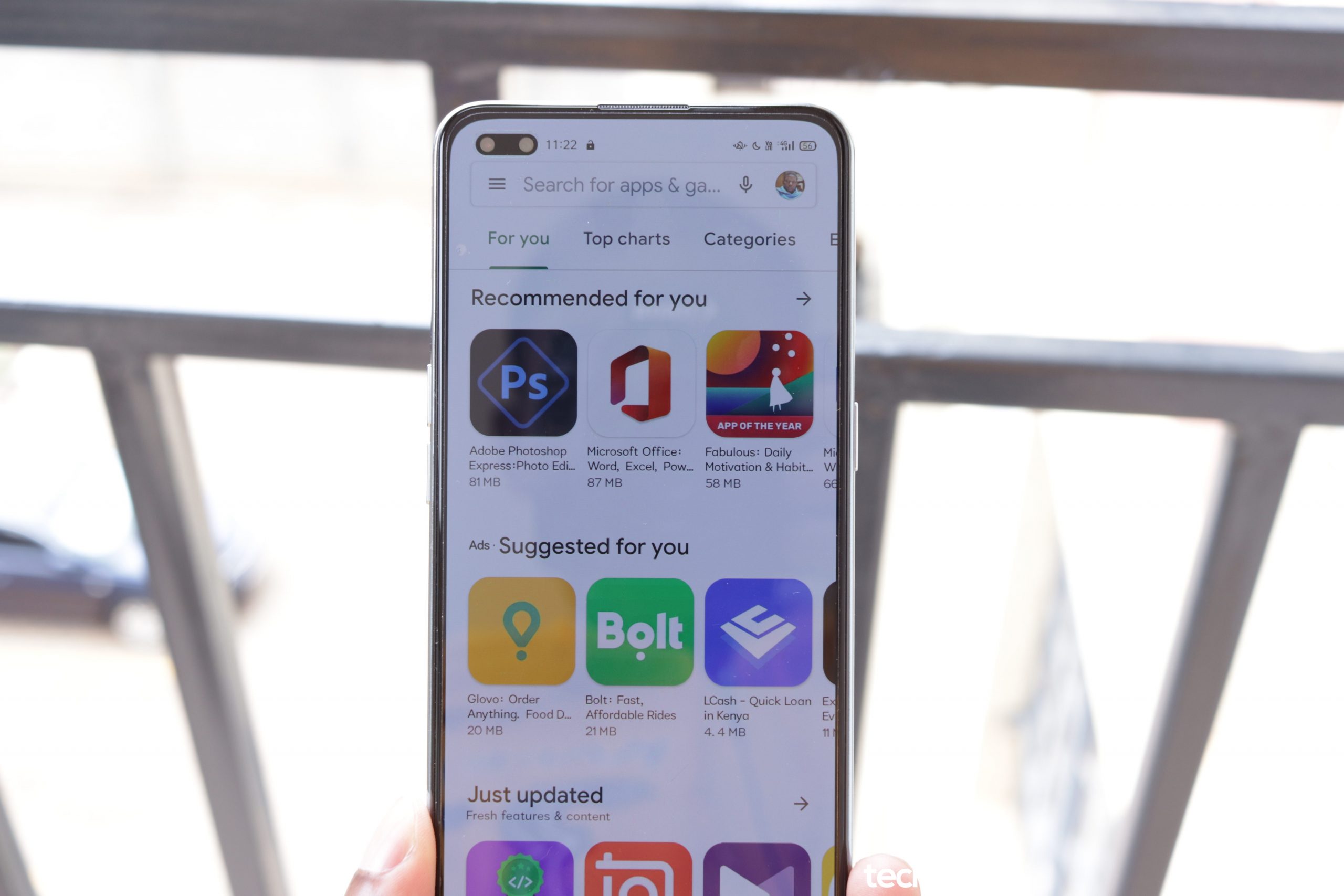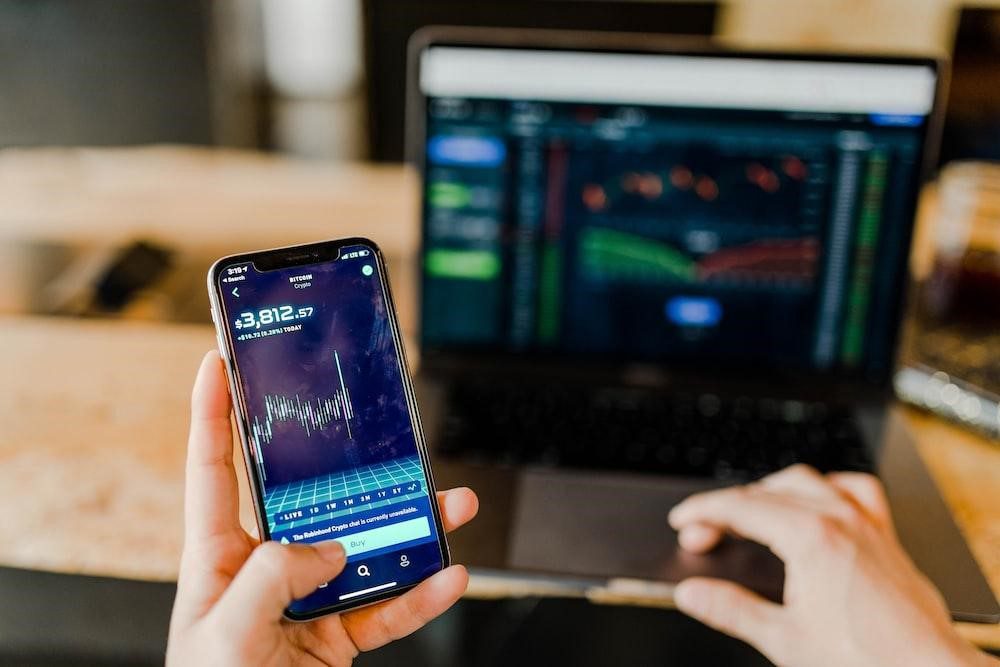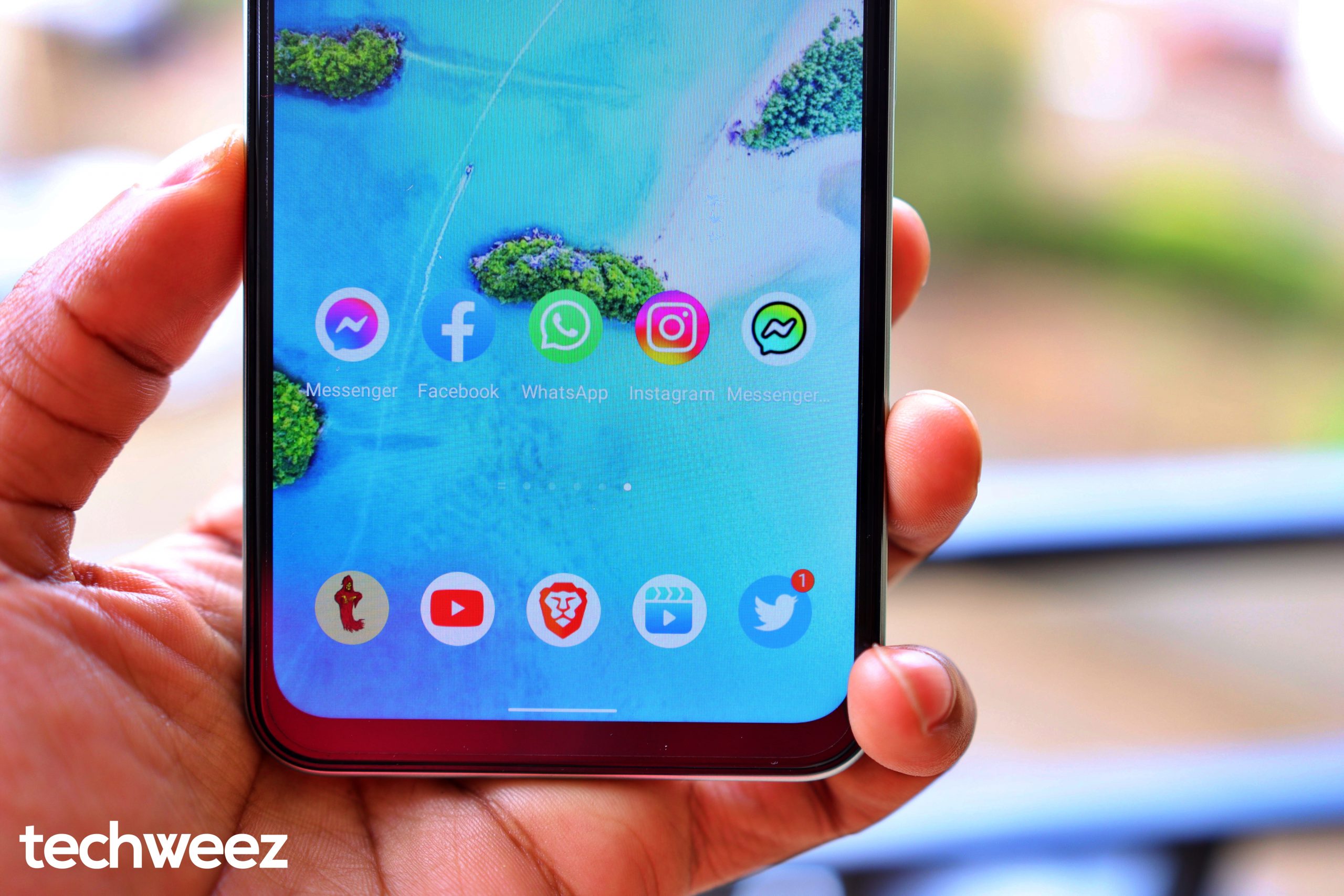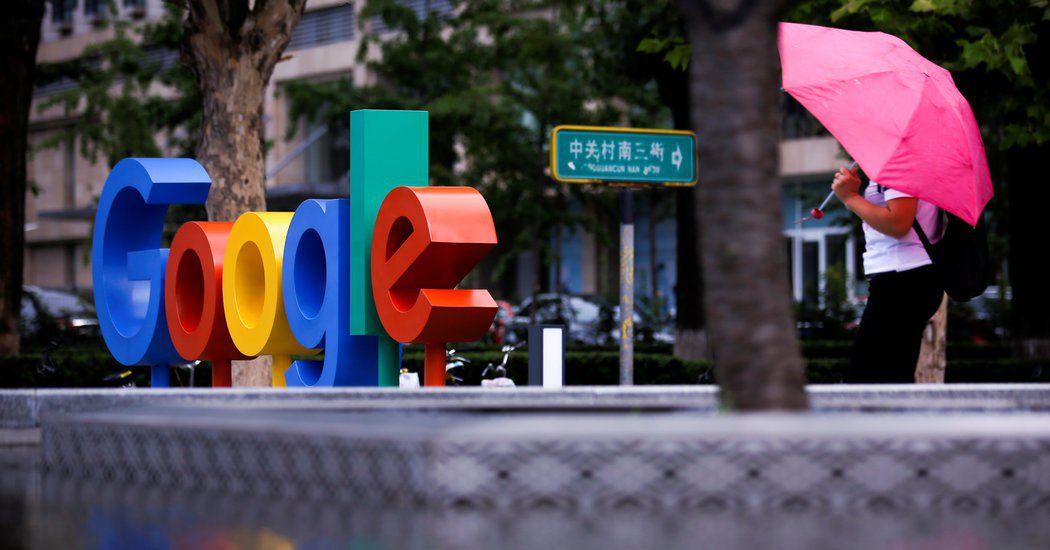It is not a secret that your phone no longer feels as fast as it used to when you first got your hands on it, well, unless you just bought one. But everything in life experiences wears and tear and part of a phone’s wear and tear is the degrading user experience. Apps take longer to open, there are lags here and there, such and such.
Android takes more beating when it comes to slowing down after some time of usage but the issue is not nonexistent on iPhones, they too suffer from slow downs over a prolonged period of usage. There are various reasons that lead to your phone feeling slow and this piece will mention just four that contribute directly to this annoying factor.
Memory Degradation
The number one factor that affects the performance of our devices over time is memory degradation. Our devices run on flash memory with the most common type being NAND memory. OEMs use NAND flash storage because it is affordable and fast. However, NAND suffers from memory degradation over time. It gets slower the more stuff it stores and worse, it has limited write cycle, which means that when this limit is reached, cells are worn out and performance takes a major hit.
To explain this well, I will use the example of Samsung devices. TLC is a type of NAND memory, which is made by Samsung. TLC has a limit of 4,000 write cycles compared to the standard MLC which has a 10,000 write cycle limit. This might be the reason why Samsung devices have been known to lag more than other devices.
Software Updates
When you bought your device, it was running a certain software version. For example, I have a Sony Xperia SP that launched running on Android Jellybean. Four years down the line and thanks to my Obsessive-ROM Updating Disorder (ORD), the device is running on Android 7.1.2. The good thing is I am running the latest Android version, the downside is, the phone works at a snail’s pace.
On the iPhone end, iOS 10.3.2 was one of the worst updates to ever be released. Users who installed the updates complained of battery drains, random reboots, slow performance and other issues. Some users of the iPhone 5S still complain of battery drain issues and slow performance even after Apple released 10.3.3 to fix these issues.
The software you device was released running on was well tailored to the specifications of your device, but as time moves on, new features are added to newer Operating Systems and these features are tailored to the specifications of newer devices. This is why major upgrades in software will always have a hit on the performance of older devices.
Read More: No Software Updates? You Probably Didn’t Pay For it
The newer software will probably require more RAM and CPU power, something that your ageing device might not be able to sufficiently provide and thus you experience the performance slow downs.
App Updates
Mobile apps are the worst, literally. Developers are always trying to add features to their apps and this in turn increases the size of apps and the resources they require. Apps like WhatsApp, Facebook and Instagram are ever adding features, that means that they are ever requiring more resources. The tragedy is, your device’s hardware does not change with the needs of the apps you run.
Unlike the other two factors, you can opt to use lite versions of your social media apps to avoid the resource hungry full-featured ones. It is also advisable to uninstall any apps that you do not use.
Background Apps
The average smartphone user has between 40 to 50 apps installed on their device. A quarter of these apps run in the background whether you are actively using them or not. Background apps take up resources such as CPU and RAM. The best example of such apps are widgets, live wallpapers, email apps and social media apps.
If these apps are already taking up your CPU and RAM, it means that when you open another app it will take forever to load and you will experience a lot of lag throughout the UI. The worst culprits in this category are battery saving apps.
Read More: Five Rogue Android Apps You Should Totally Avoid
The remedy to all these factors can range from using fewer widgets for Android users, avoiding certain apps and when push comes to shove, resetting your device.

